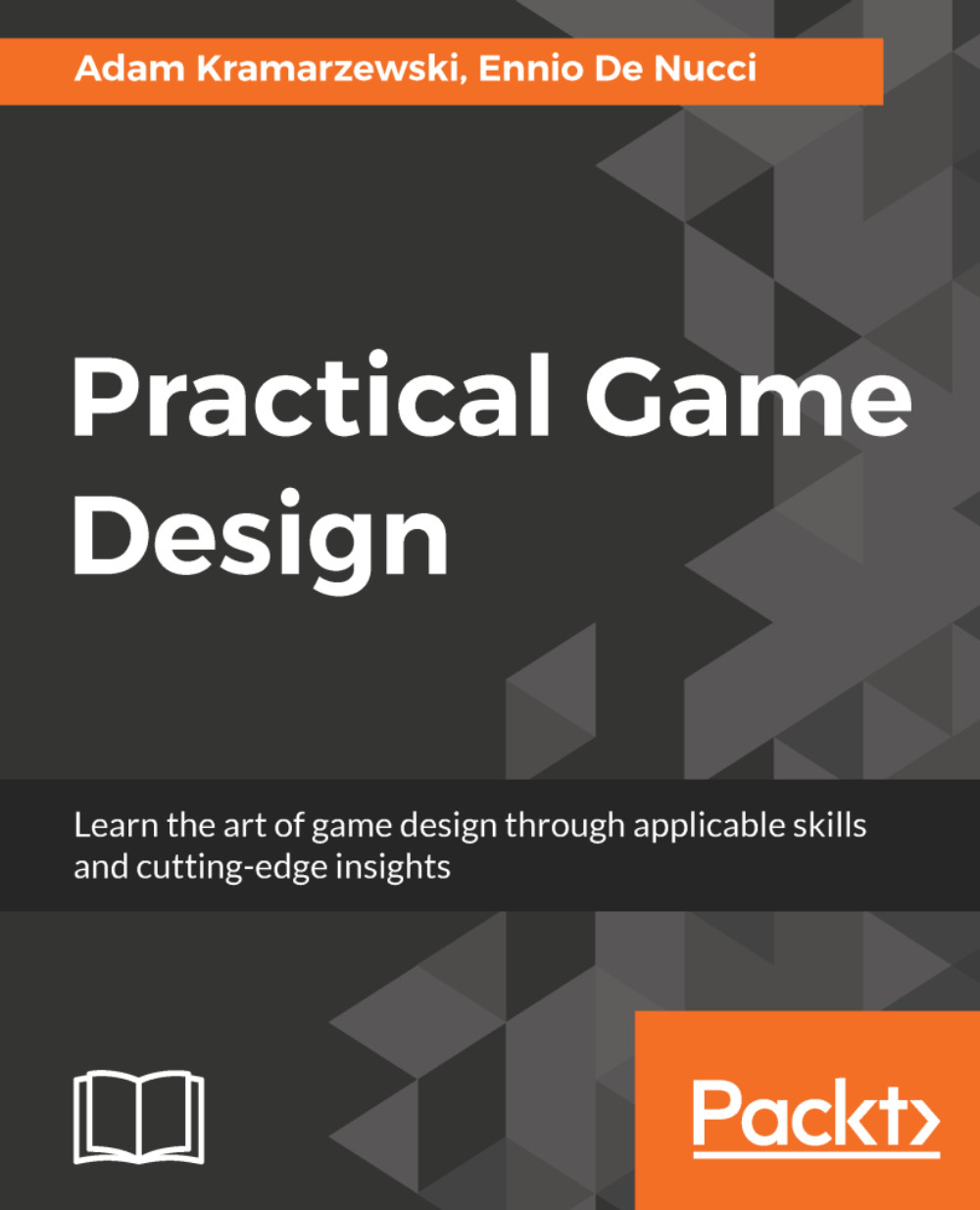It is time to see how characters are created and managed in the game world. When talking about characters, it is the game designer's responsibility to translate into gameplay what characters are, what they do, and what their skills, abilities, and behaviors might be. It is no coincidence that we discussed Narrative and how to write characters first in Chapter 8, Games and Stories. Even for the simplest character, a few lines are required to answer some basic questions. These answers, no matter how simple or basic, are going to have a deep impact on the player's perception of the game world.
Take Space Invaders, for example:

It features only four types of enemies: small, medium, and large invaders and the UFO ship. Nonetheless, writing who these characters are, where they are from, and...


